Rehabilitation
Why rehabilitation is so important for the WA mining and resources sector
Mining and resources operations in WA are spread across the breadth and width of the State’s 2.6 million square kilometres and intersect with a wide variety of ecosystems and environments. Companies in the sector are constantly refining rehabilitation techniques to ensure post-mining landscapes are set to best reflect the values of sustainability that the resources industry is committed to.
The evolving role of rehabilitation in mining
The past 15 years have seen an important shift in the way WA mining operations plan for closure and transition of sites to the next land use. Sites are required to plan for closure from the outset, making sure operations are constantly considering how they will transition once the end of the mine life approaches.
Increasingly, mine site closure is being approached with a view to leaving behind a landscape that is of value to the community. This can involve restoring original habitat, transitioning the land to another use (such as farming or hydro-power) or even creating a world-class recreational lake.
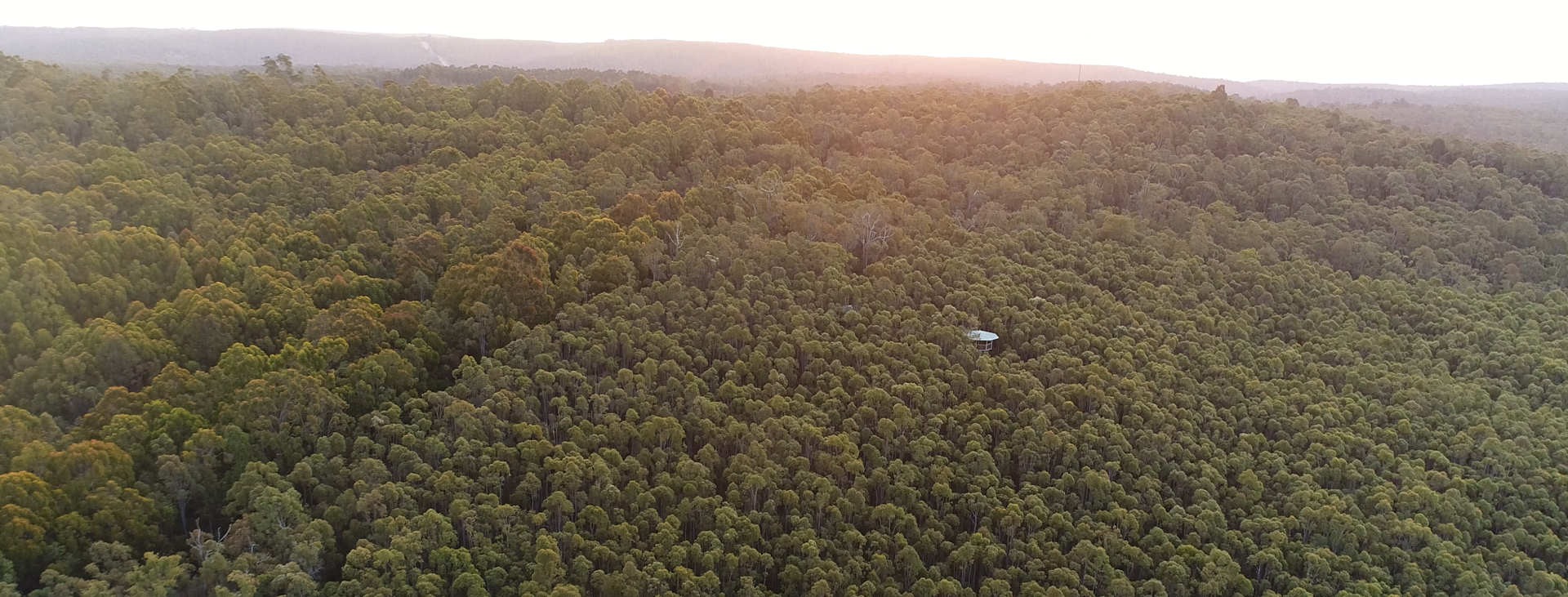
Minesite rehabilitation…not such a new science
While there is undoubtedly a greater focus now than in the past on mining rehabilitation and its outcomes, it’s not quite the “new” art form that recent publicity might make it appear. Many companies in WA have been undertaking rehabilitation activities and honing their techniques for decades.
One of the most prominent examples is Alcoa, which has made a major contribution to Australian being the world’s biggest producer of bauxite. Alcoa has been rehabilitating native jarrah forest (pictured left) as part of its mining operations in WA since the late 1950s. Along the way, as technology and science has evolved, Alcoa has continually refined its approach to progressive rehabilitation, topsoil management, seed treatment and a number of other key aspects.
Alcoa was one of the first companies in WA to complete rehabilitation of a major mining area and have the site relinquished back to the State Government, which it achieved with its original Jarrahdale Mine. The company has been recognised locally and globally for its commitment to rehabilitation and restoration,
You can read more about Alcoa’s rehabilitation journey in this story.
And more details about excellence in rehabilitation across the WA mining and resources sector are available here.
Researching news ways to rehabilitate land after mining
Mark Dobrowolski is a Principal Rehabilitation Scientist at Iluka, and CME’s 2023 Mine Site Rehabilitation Ambassador.
Passionate about his work, Mark explains how his role gives him the opportunity to put his scientific theory into practice to achieve better rehabilitation outcomes.
He also offers advice to young people considering an environmental career in mining & resources, adding “I didn’t consider it [as a graduate] but I’m certainly happy I ended up here”.
Meet Flora the Restorer
Introducing Flora, a cutting-edge machine designed to aid in world-class mining rehabilitation in Western Australia. Developed by a team of experts, Flora has the capability to plant thousands of seeds per hour, with high accuracy and minimal disturbance to the soil. Flora is poised to revolutionize the mining industry’s approach to land restoration.
Environmental work in WA mining and resources
Rehabilitation
Rehabilitation
Over decades, mining’s approach to rehabilitation has shifted from creating safe and stable landscapes to useful ones. Rehabilitation is often carried out progressively.
Conservation
Conversation
From black-tailed cockatoos, to turtles, ghost bats and many more – WA mining operations undertake a range of work to support threatened species.
Repurposing
Repurposing
Some areas that have been mined transition to totally different uses – including farmland, new habitat for wildlife and even recreational waterways.
Rangers
Care for country
Mining and resources companies are significant supporters of Indigenous Ranger programs, which see Traditional Owners care for country as their ancestors did.
Research
Research
WA mining and resources operations support a variety of organisations and institutions – including universities – undertaking important environmental research.
Before and after rehabilitation projects in WA
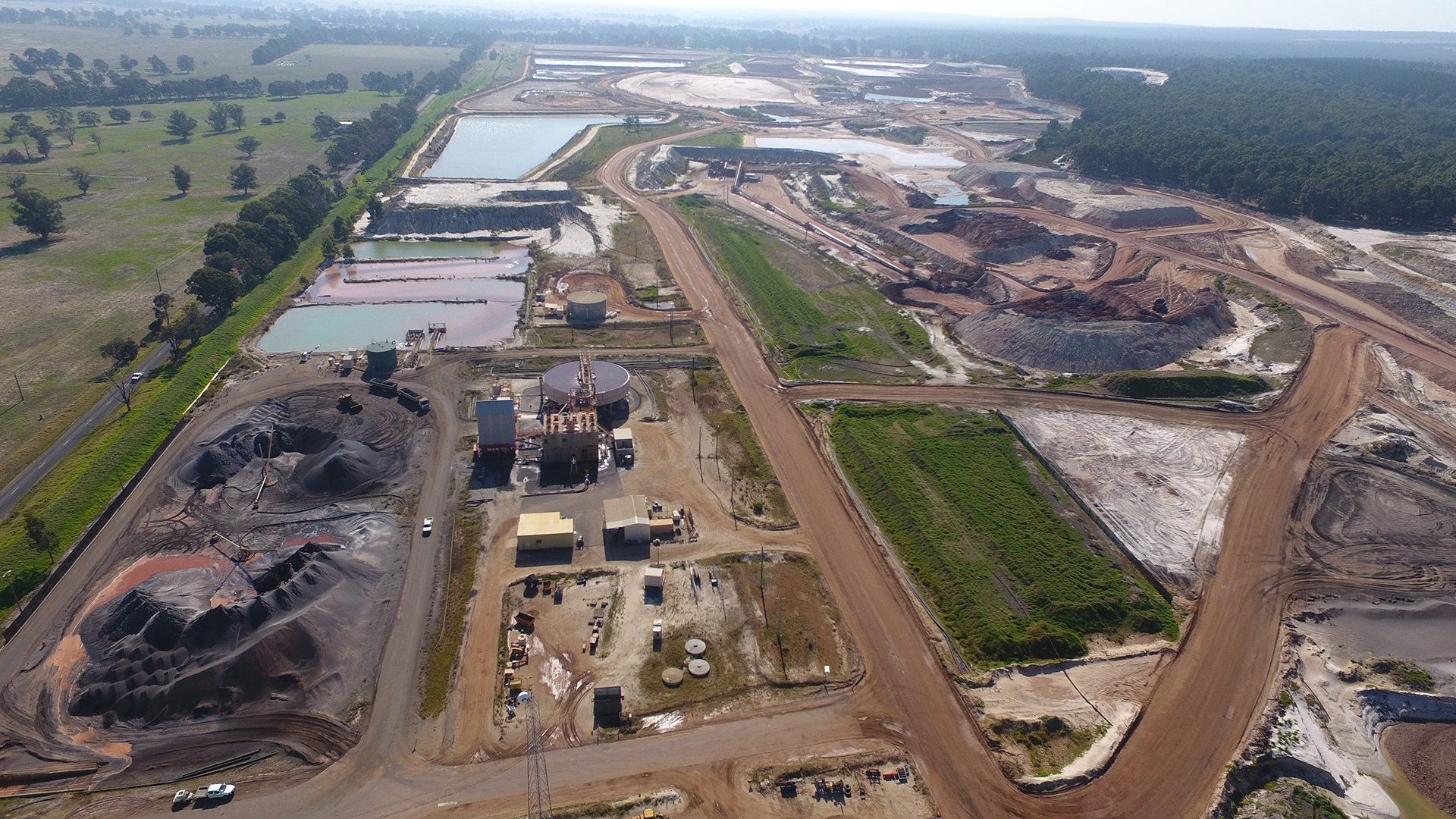
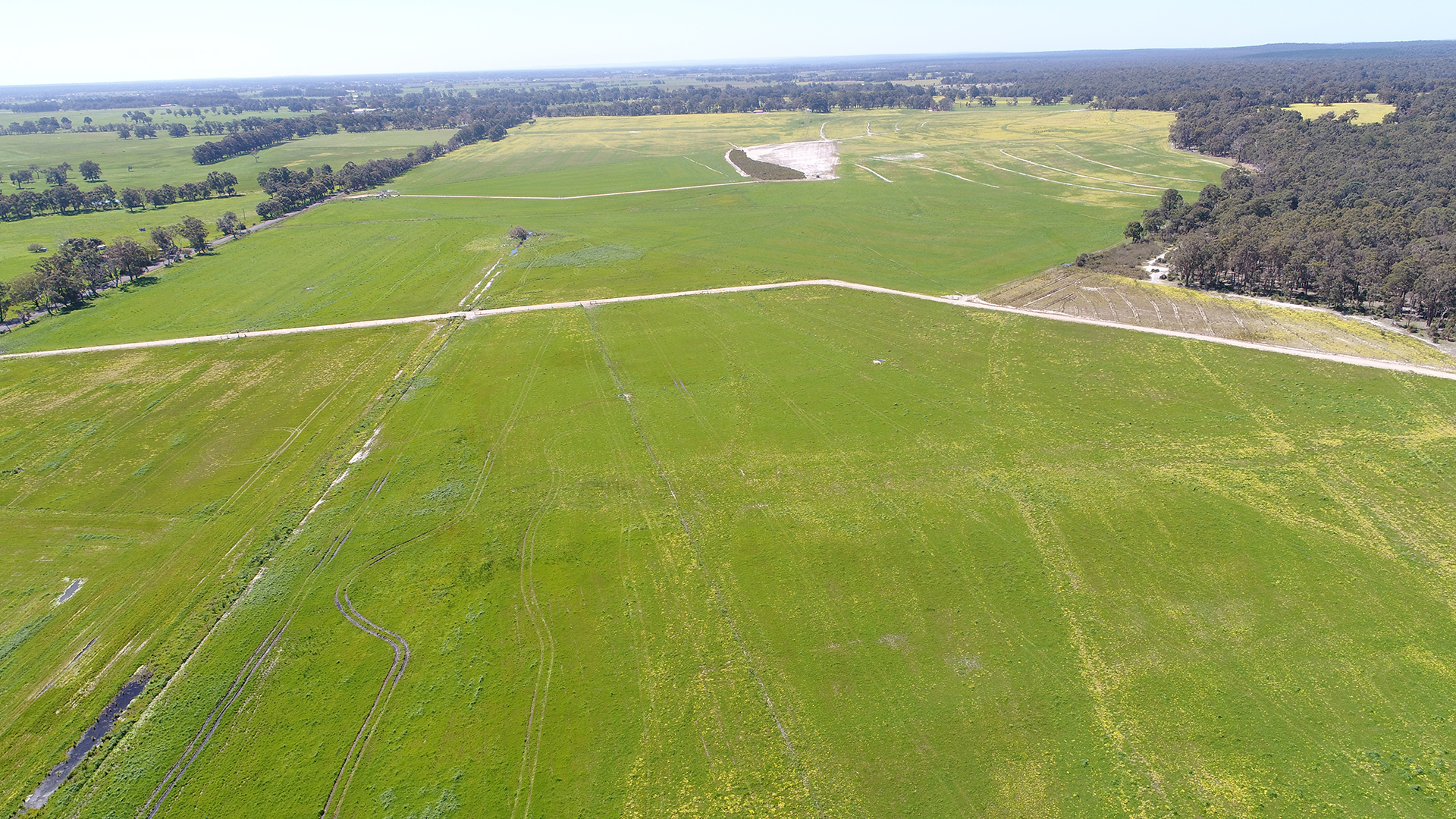
From open pits and evaporation ponds to inviting countryside in the South West. Learn more
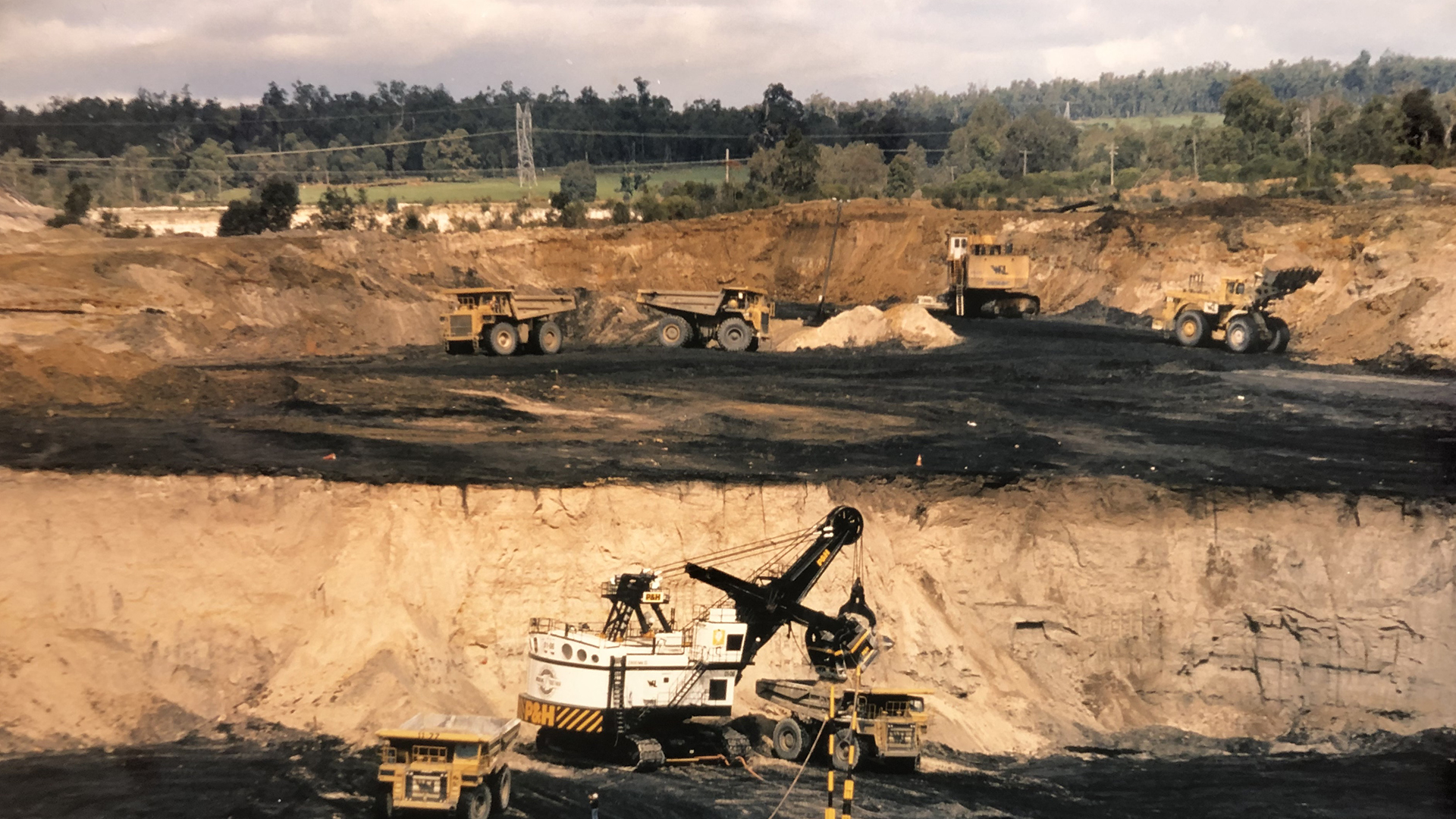
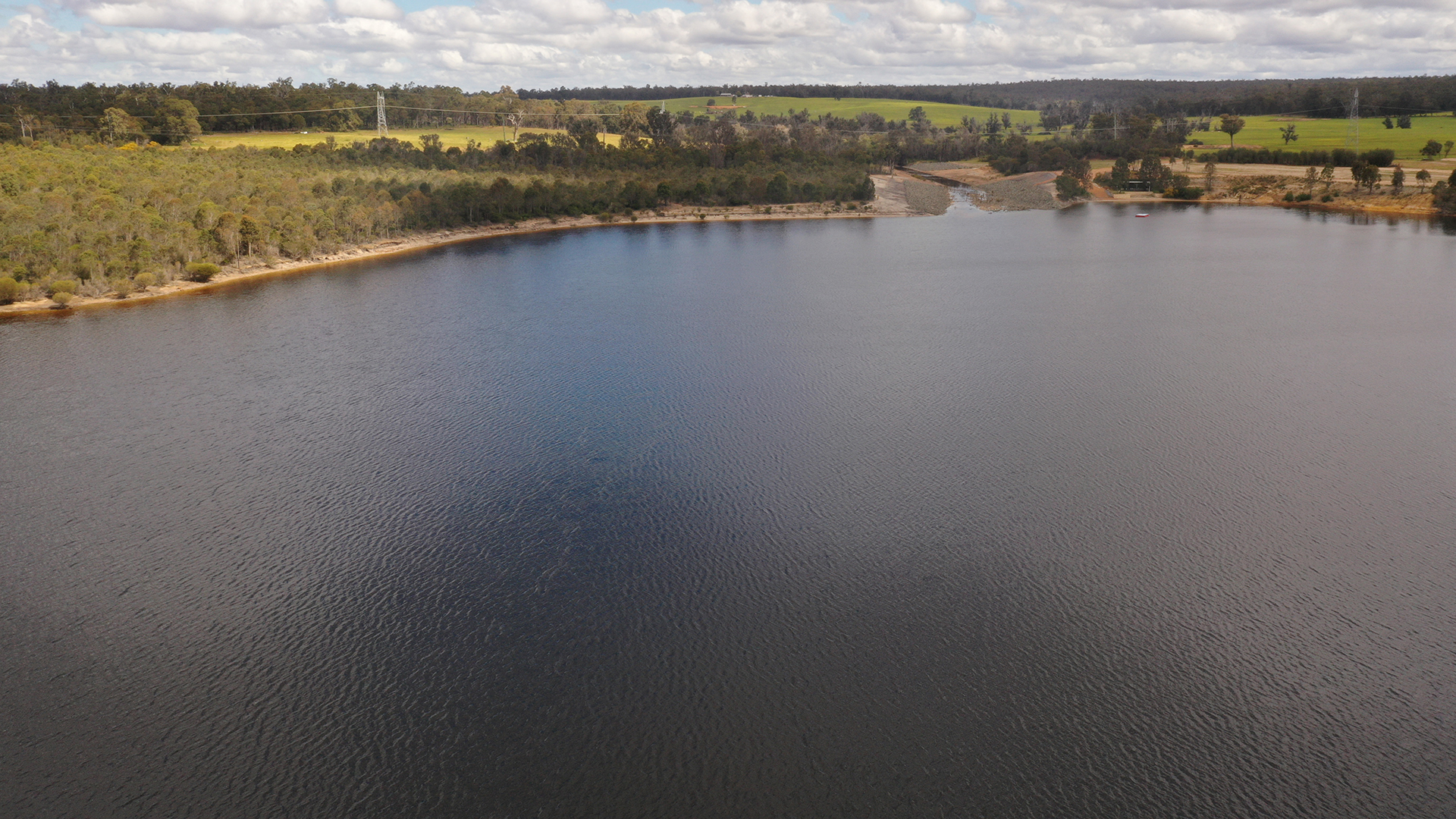
From a working coal mine for 26 years to a world-class recreational lake. Learn more
More rehabilitation projects in WA
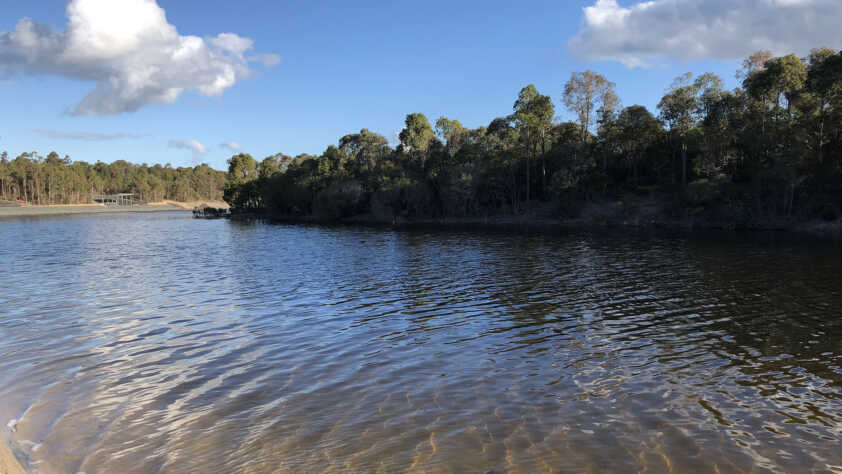
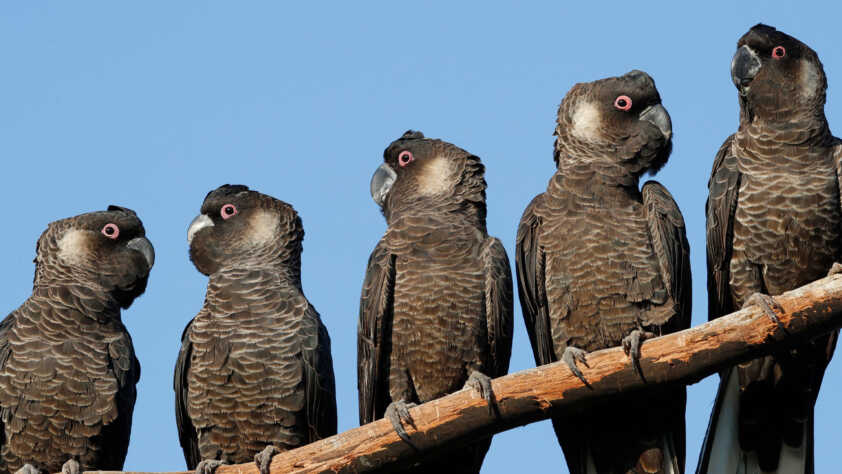
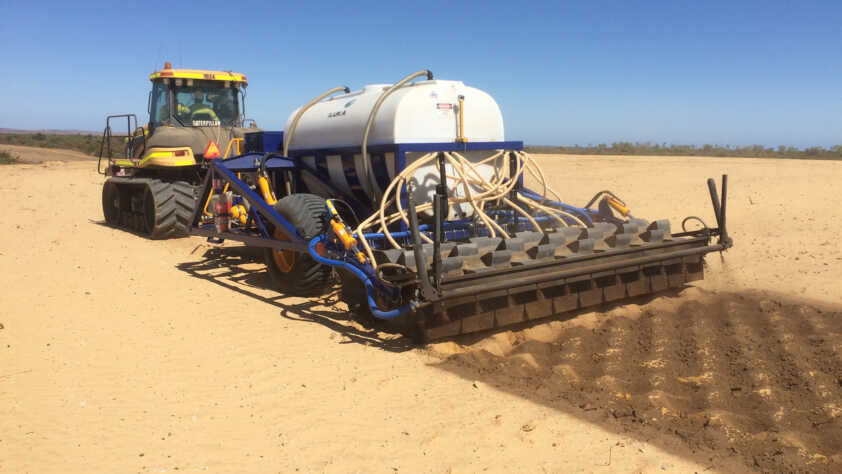
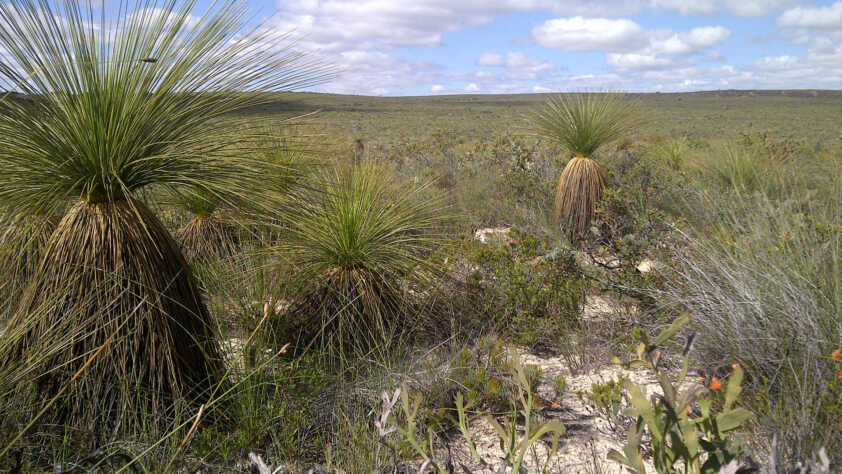
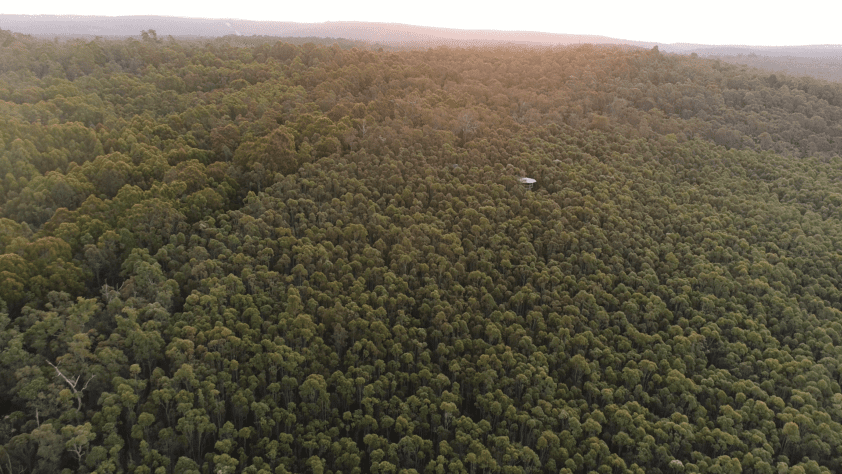
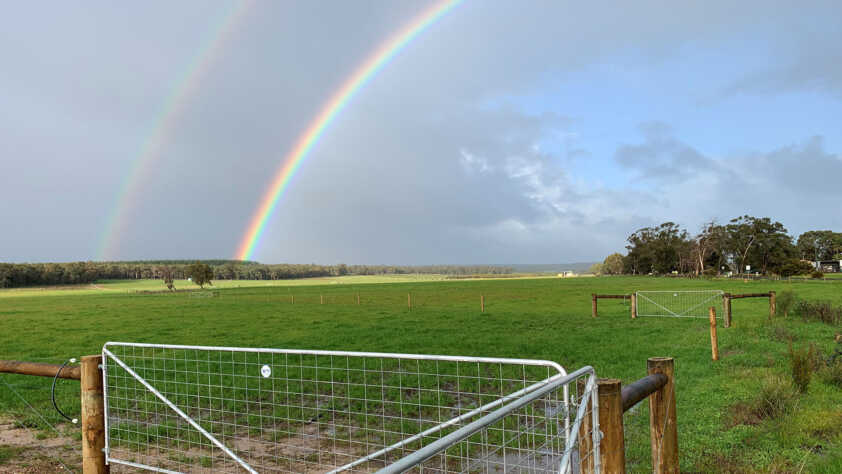
WA rehabilitation projects
Putting things back how you found them
Hands-on program builds on connection to Country
Alcoa partners with Birdlife Australia for black cockatoos
Rehabilitation of the old Ludlow Mineral Sands mine
Rehabilitation of the Kwongan
Preserving an endangered favourite
From old coal mine to aquatic playground
Going beyond native title
SAFER
SAFER
Find out how WA’s mining & resources sector is prioritising safety in its operations.
SMARTER
SMARTER
Find out how the WA’s mining & resources sector is using technology to become smarter.
CLEANER
CLEANER
Find out how the WA’s mining & resources sector is using renewables to become cleaner.
SITE REHAB
SITE REHAB
Find out how the WA’s mining & resources sector is refining techniques to rehabilitate old sites.






